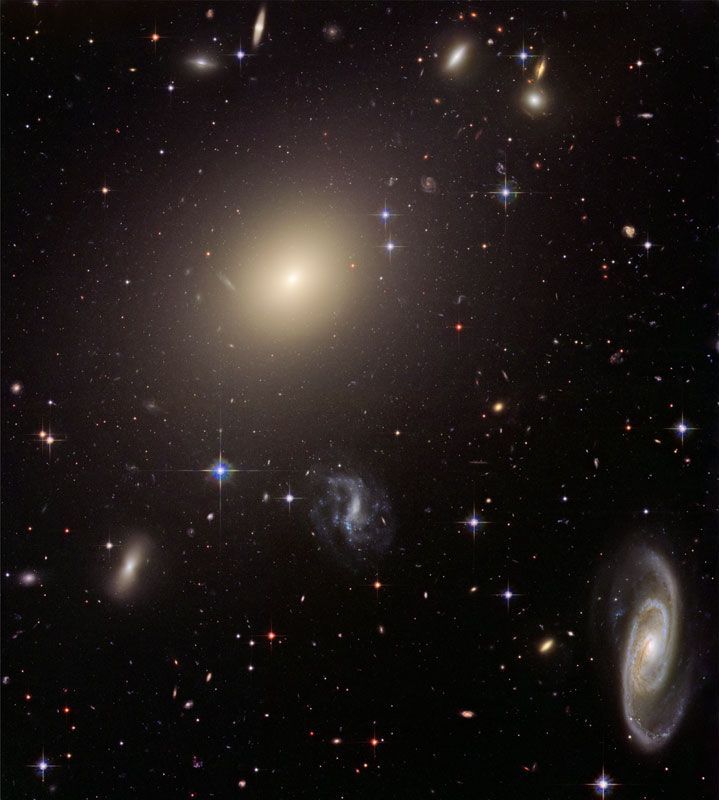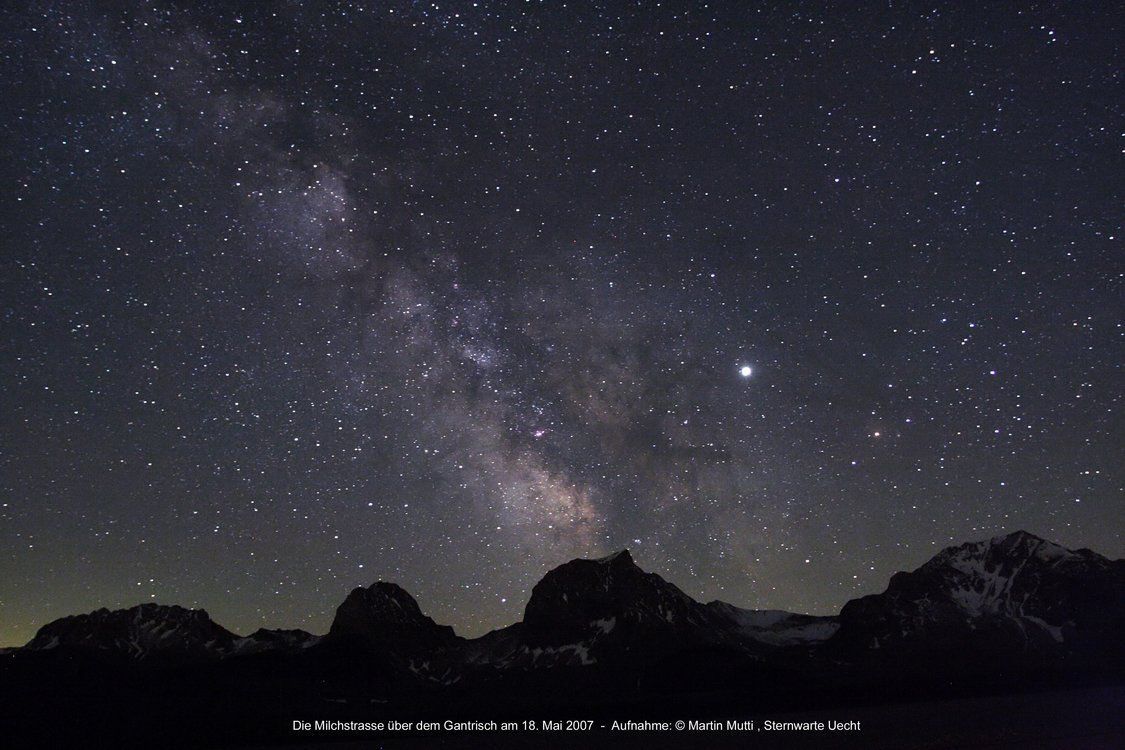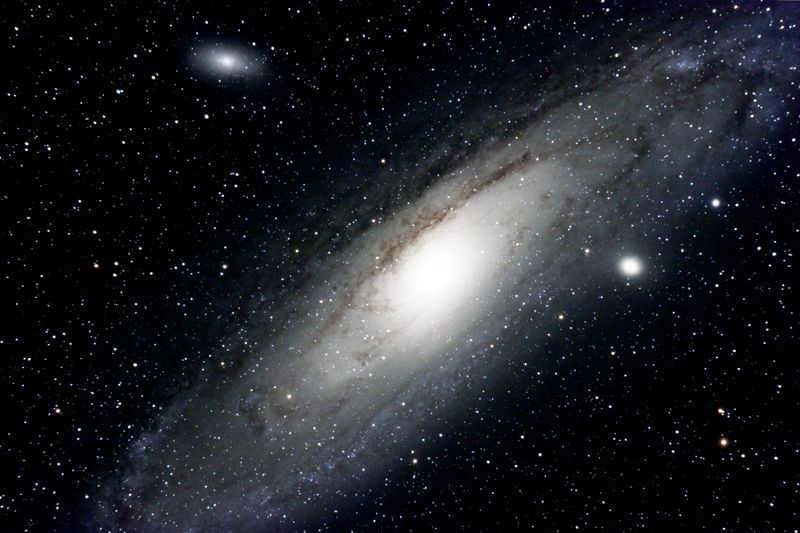Galaxies

Galaxies are huge systems of stars that are gravitationally bound. One example is our home galaxy, the Milky Way. The Milky Way accommodates about 100 billion stars, among them our sun and every familiar constellation star in the firmament.
However, we can peer beyond our own galaxy edge: To the naked eye, our neighbor galaxy, the Andromeda, looks like a blurred spot. Only a telescope bares the beautiful spiral structure of Andromeda plus, it reveals countless other galaxies out there with many different shapes and colors.
This galaxy diversity turns the Universe into a colorful place, but it also poses questions about the formation of these stellar structures. Why do some galaxies appear like perfect spirals, whereas others resemble a chaotic bunch of stars?



